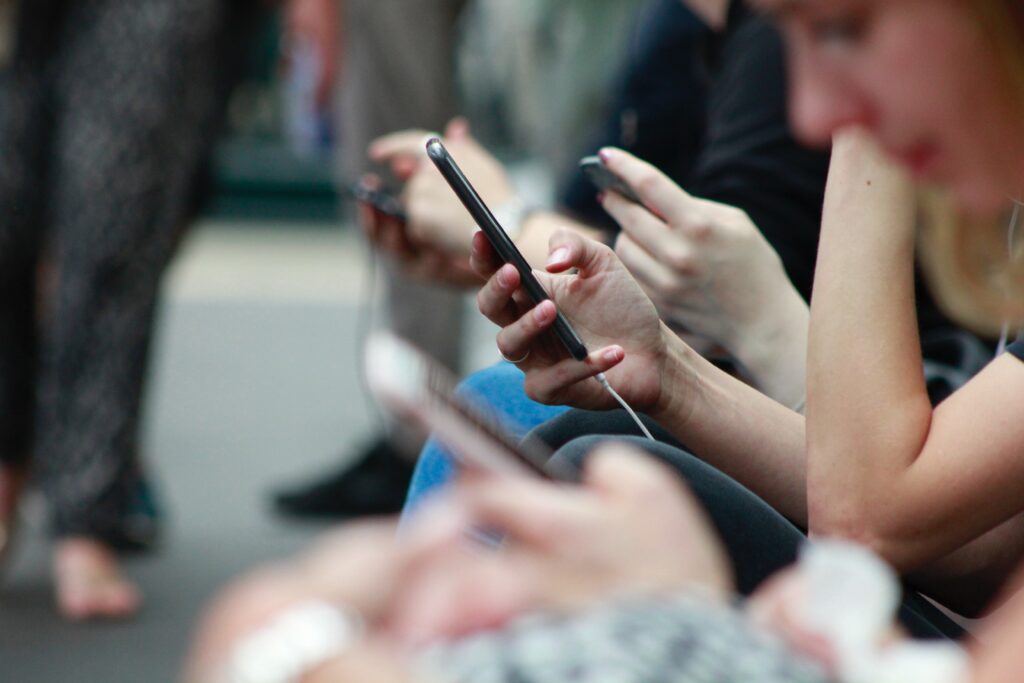News Team member Caroline Hansen reports that hospital closures across the United States threaten equitable healthcare access for rural populations and demand solutions.

Gone are the days of MySpace and AIM, where social media was purely a chatting platform to connect with friends. Today, Youtube, Snapchat, and Instagram are the most popular social media platforms among teens, according to the Pew Research Center. What differentiates current social media platforms from those in previous years has to do with product design, which often hijacks the brain to develop subtle addictions to these platforms in order to keep user numbers increasing.
Those who have used YouTube and Netflix know of the Autoplay feature, in which videos will play subsequently after one another automatically, which keeps users spending additional time on the platform. Other features such as Snapchat streaks keeps users coming back to the app–users can send Snapchats to each other daily and if one misses it, the streak goes away. While such activities seem like they only take up an small portion of one’s day, it steers users’ thoughts by keeping them in a constant social loop. Daily repetition of these actions, just like any other action, is bound to begin an addiction. This small level of convenience is what Tristan Harris, former Google product manager, says is keeping users hooked to streaming services and social media platforms.
Although such features may seem noncontroversial, former Mozilla and Jawbone employee, Aza Raskin, notes that the products are intentionally designed to seem subtly non-addictive. Features such as the “pull-to-refresh” button on most social media platforms such as Twitter and Instagram allow for users to scroll to the top of the screen and pull downwards to reveal a fresh new feed at any given time. Vikram Bhargava at Santa Clara University also noted that what reinforces and encourages addictive behavior within social media usage is not simply due to the repetitive action of scrolling or swiping, but the act of being surprised with new information each time. The feature has also been likened to the motion of a slot machine, which mimics the behavior of gambling.[1]
The most effective way of maintaining a behavior is not with a consistent, predictable reward, but rather with what is termed ‘variable reinforcement’–that is, rewards that vary in their frequency or magnitude.
Tim Wu, author of The Attention Merchants: The Epic Scramble to Get Inside Our Heads
Even product designers themselves have come forward to acknowledge that their features were designed to become addictive. Raskin, who designed the infinite scroll feature seen on Instagram, Tiktok, Facebook, and other social media platforms, noted that upon production, “there was definitely an awareness of the fact that the product was habit-forming and addictive.”
Other former social media employees have also come forth in stating that social media companies purposefully play to the addictive side of the human brain. In 2017, Facebook’s former president, Sean Parker, said publicly that the company sought to consume users’ time as much as possible, and that the act was “exploiting a vulnerability in human psychology”.
That means that we needed to sort of give you a little dopamine hit every once in a while because someone liked or commented on a photo or a post or whatever … It’s a social validation feedback loop … You’re exploiting a vulnerability in human psychology … [The inventors] understood this, consciously, and we did it anyway.
Sean Parker, former Facebook president
Companies design their products this way out of competition. When social media platforms that serve similar but seemingly different purposes, such as Instagram being a platform for permanent pictures and Snapchat being a temporary picture-sending platform, the space for users to prefer one over the other comes from product design. Therefore, Raskin notes, companies fuel the human addiction by coming up with subtle ways to introduce new habit-forming and addictive social media patterns.
“In order to get the next round of funding, in order to get your stock price up, the amount of time that people spend on your app has to go up,” he said. “So, when you put that much pressure on that one number, you’re going to start trying to invent new ways of getting people to stay hooked.”
Beyond the addictive potential that social media has on an individual, the content created through platforms can also be damaging. In current-day society, social media platforms are filled with influencers and models who unknowingly dictate social beauty standards. One Facebook study found that 13.5% of teen girls in the United Kingdom reported that their suicidal thoughts “became more frequent after starting on Instagram,” while another found that 17% of teen girls reported their “eating disorders got worse after using Instagram.”
Even older demographics, specifically college students, are prone to developing mental health issues in response to excess social media exposure. One study that observed smartphone usage among 308 individuals at Hong Kong University found that smartphone usage was increasingly correlated with psychological distress.[3]
Reports of social media harming the teen demographic resurfaced after the latest Facebook whistleblower news, in which former Facebook data scientist Frances Haugen reported that Facebook purposefully “harms children” in pursuit of profit and capital. While the company is not new to controversies, such as its suggested role in the 2016 election, its most recent news comes from an employee who studied how the company intensified misinformation being spread around the app. Her reports to Congress involved explaining how Facebook “consistently chose to maximize its growth rather than implement safeguards on its platforms,” and hid internal research that marked the company’s negative and harmful products.
The result has been more division, more harm, more lies, more threats and more combat. In some cases, this dangerous online talk has led to actual violence that harms and even kills people.
Frances Haugen
Social media isn’t inherently bad, however. Instagram’s Shop feature has given individuals the convenience of direct purchase after seeing an image of a product on the platform, while Facebook Marketplace has allowed for users to connect with each other and exchange secondhand or small business goods. But such platforms can also have detrimental effects if not handled properly. For younger individuals, the social media rabbit hole can quickly develop into mental health and self-worth concerns if not educated properly. For all users, such features such as scrolling and Autoplay can quickly lead to an addictive pattern if self-awareness is not involved. While companies such as Facebook are working on features to allow users to set their own time limits for the app and see the amount of usage they’ve been consuming, the best option for users is to become self-aware of the dangerous potential of becoming addicted to social media, and adjust accordingly.
References
[1] Bhargava, V., & Velasquez, M. (2021). Ethics of the Attention Economy: The Problem of Social Media Addiction. Business Ethics Quarterly, 31(3), 321-359. DOI: 10.1017/beq.2020.32 [2] Wu, T. 2016. The attention merchants: The epic scramble to get inside our heads. New York: Alfred A. Knopf. [3] Chen I.-H., Pakpour A.H., Leung H., Potenza M.N., Su J.-A., Lin C.-Y., Griffiths M.D. (2020). Comparing generalized and specific problematic smartphone/internet use: Longitudinal relationships between smartphone applicationbased addiction and social media addiction and psychological distress. Journal of Behavioral Addictions, 9(2), 410-419. DOI: 10.1556/2006.2020.00023
